
Any journey is always an adventure, and a new country is a mystery that is so interesting to solve. Usually, our acquaintance begins with the city: the capital, a popular tourist center, or a cozy seaside town. Of course, you can choose several guided tours or independently create a detailed itinerary for the most interesting places indicated in the guidebook. But still, in the process of meeting and knowing a new city there is always a place for some kind of magic. To enjoy the beauty, look at the locals, feel the rhythm of the city, determine its flavor and absorb its charm, you need to be open, spontaneous and trust in the Space. Only then can you truly be able to fully experience the unique atmosphere of the place that you had the opportunity to visit.
On the other hand, your journey can be quite short, for example just a trip for a weekend, and subsequently you can be very sorry if you don’t see any significant landmark.
To prevent this from happening, we have prepared for you a list of those places and events in Budapest that you simply must visit during your trip. And among them there will be both well-known places and those that will slightly open for you the Small Paris of Eastern Europe from an unusual side.

Architecture and attractions
Although officially the city of Budapest began its existence less than 150 years ago (as a result of the merging of the cities of Pest, Buda and Obuda), this territory was settled more than 2 thousand years ago. In addition to the Hungarian proper, it carries the legacy of the Celts, the ancient Romans, the Huns, the Mongols, the Turks, the Austrians, the Russians. Of course, such a turbulent history is reflected in architecture and in the toponymy of the city.
It is really possible to talk about the sights of Budapest for a very long time, and for a few days inspection is definitely not enough. Therefore, we draw your attention to those of them that are most associated with this unique city on the Danube.
For example, it is impossible to visit the Hungarian capital and not to visit Andrassy Avenue, which is included in the UNESCO World Heritage List. It connects Ferenc Deák Square (where three metro lines intersect) with Heroes Square. These are the local Champs Elysées, which, thanks to its architectural ensemble and refined atmosphere, will delight even the most fastidious tourists. It is on Andrassy Avenue where the famous Opera House is located, in which Gustav Mahler worked, Giacomo Puccini put his operas and Bela Bartok played. You can also find a puppet theater, several museums, the University of Fine Arts and the Franz Liszt Memorial Center here.
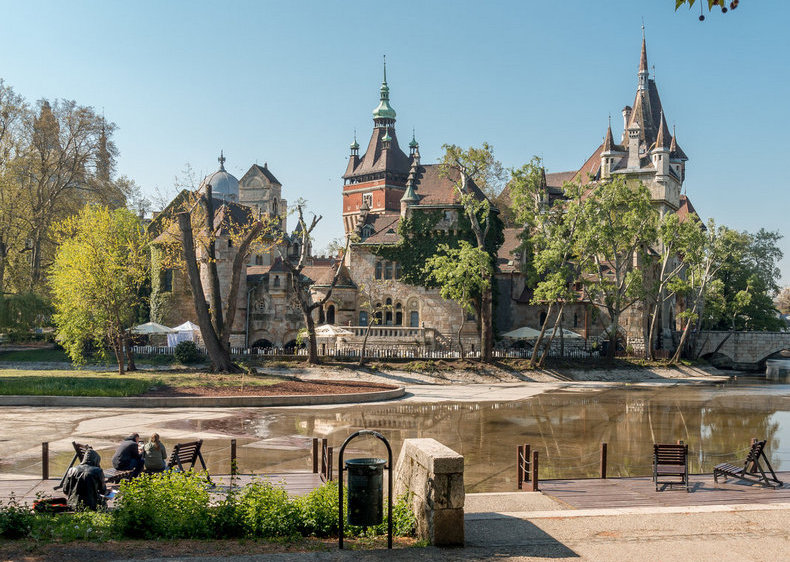
If you complete a walk along Andrassy Avenue in Heroes' Square, we recommend visiting the Varosliget city park, which is located nearby. Here you will find the coolness and freshness under ancient and rather exotic trees, several artificial reservoirs, the historic restaurant Gundel, a circus and a zoo. The real highlight of the park is Vajdahunyad Castle. It was built at the end of the 19th century of wood as a decoration for the performance, and it was a combination of parts of the most famous architectural structures of Hungary: castles, fortresses, churches. In 1904, the tree was replaced with stone, and since then this unusual castle never ceases to amaze guests of the capital.

The largest bath complex in Europe - the Széchenyi bath is located in the central park. Budapest is the only European capital that is also a resort. The fact is that the city is located on the fault of tectonic plates, which contributed to the emergence of numerous thermal sources. They were actively used by the Romans, and then the Turks, and today there are 26 equipped baths. Secheni is the largest of them. The complex includes 18 pools, which are supplied with different thermal wells, so the water temperature in them ranges from 18 to 50 degrees Celsius.
Another historical complex of world importance is the Buda Fortress. This is the residence of the Hungarian kings, located on the top of a hill in the old town of Buda. The very view of the Danube and the city opening from here is breathtaking, to say nothing of the huge architectural complex that is the focus of the country's historical and cultural heritage. In addition to the monastery itself, the Matthias Cathedral, the Fishermen's Bastion, the Labyrinth, the Museum of the History of Budapest, the National Gallery, etc. are also located here. In general, it may take a day to see this place.

However, looking from the hill to the opposite bank of the Danube, flat Pest, you will notice another architectural highlight of the capital, which you definitely want to see - the building of the Hungarian parliament. It is a layering of different architectural styles, among which neo-gothic prevails, and is the highest historical building in the city. Inside there are 691 rooms, 10 courtyards and lots of stairs. Also here are stored symbols of the power of the Hungarian kings: the crown, scepter, orb and sword. They are guarded by an honor guard in historical form.
Of course, it is difficult to imagine a visit to the Pearl of the Danube without a walk along the beautiful promenade. Particular attention here should be paid to the memorial to the victims of the Holocaust, which represents 60 pairs of shoes in bronze (near the parliament building). Also, the first permanent bridge between Buda and Pest, the Chain Bridge or the Széchenyi Bridge, is of special historical and architectural value. This suspension bridge now connects Széchenyi Square and Clark Square.
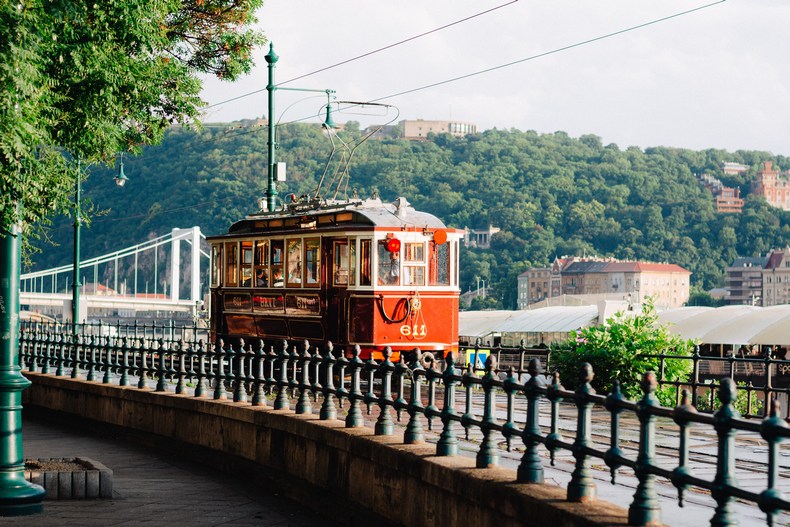
Transport-record holder
In the Hungarian capital, public transport is well developed, so you can easily navigate between the sights by bus, tram, trolleybus or subway. However, some types of transport are of particular interest.
For example, the Budapest tram is the longest in the world. These are not the usual one or two cars, but a whole column. Its length can exceed 50 meters. The interval of movement is a minute and a half. Ride on such a tram is the same mandatory attribute of visit, as well as a ride on a two-story London bus.
In addition, Budapest can boast with another transport record - the oldest metro line in Europe, and in general the world's first metro on electric power.
The yellow metro line, which was laid from Vereshmati Square to Heroes' Square, recently celebrated its 123rd birthday, but it did not stop its work. Moreover, cabins stylized as 19th century ply on it, which will give your trip a unique flavor.
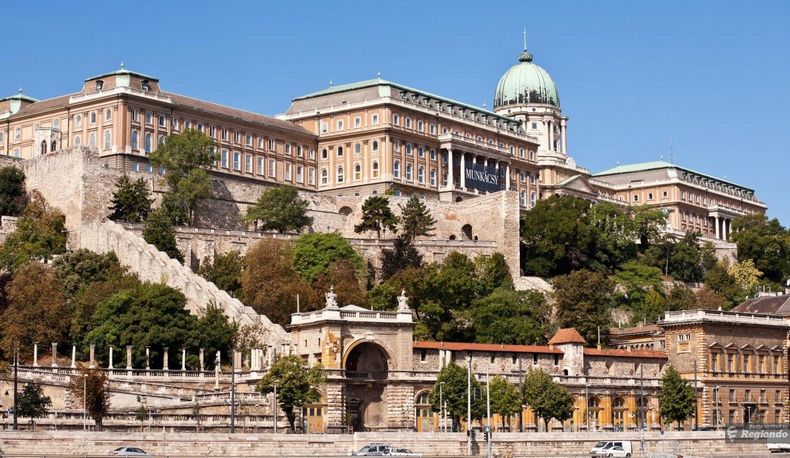
It is most convenient to get to the Buda Castle by the “Shiklo” funicular, which was created more than 150 years ago. And, of course, you should try to get a time for the walk along the Danube on a river tram. Unique views of the city, picturesque islands and sunset colors will create a special romantic atmosphere.
The highest point of Budapest - Mount Janos, which offers an unforgettable view of the city, can be reached by climbing the Libege cable car (length 1040 meters). The second, no less original, variant is the children's railway.
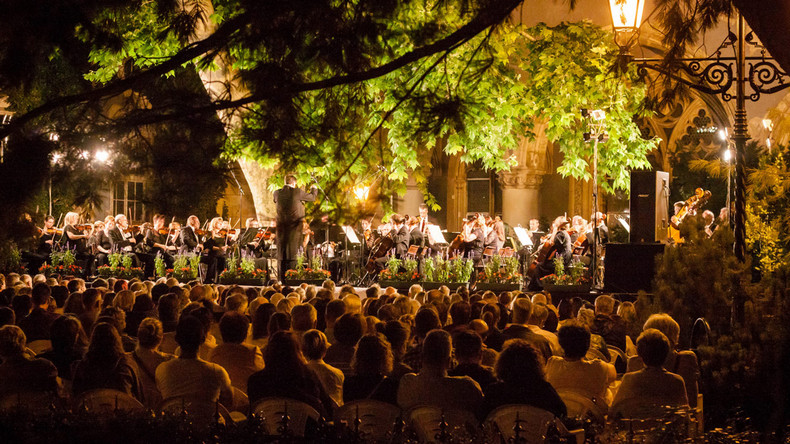
Budapest Cultural Life
Budapest is a very lively and active city. Therefore, in addition to the above-mentioned iconic historical sites and architectural monuments, it is worthwhile to get acquainted with the more modern life of the Hungarian capital.
There are dozens of various museums and art galleries in the city, in each of them you can find something interesting for yourself. You definitely need visit one of the many ruins of the pubs of Budapest. They began to appear in the early 2000s in the Jewish Quarter, where there were many abandoned and partially destroyed buildings, and today they are not just pubs, but also popular art centers.
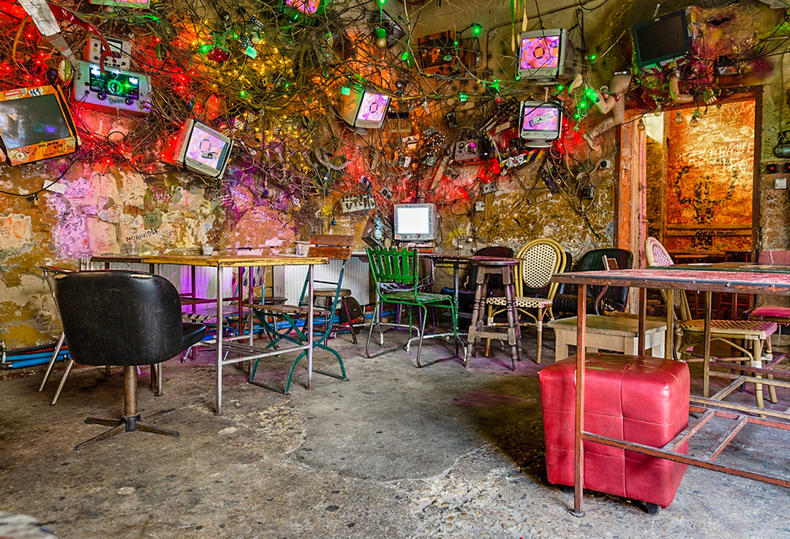
It is worth paying attention to the more volatile attributes of the cultural life of the Hungarian capital - festivals, because this can be your personal the most brightest memory.
Since 1993, the fifth largest festival of music and art in the world, Sighet, is held on the largest island of Budapest - Obud. This year, guests are expected from August 7 to 13. Fans of classical music annually attend the Summer Music Festival at Vajdahunyad Castle. From 1 to 7 September, the Budapest Summer Festival will also be held on St. Margaret Island. On the biggest Hungarian open-air stage, more than a hundred different concert programs are planned.
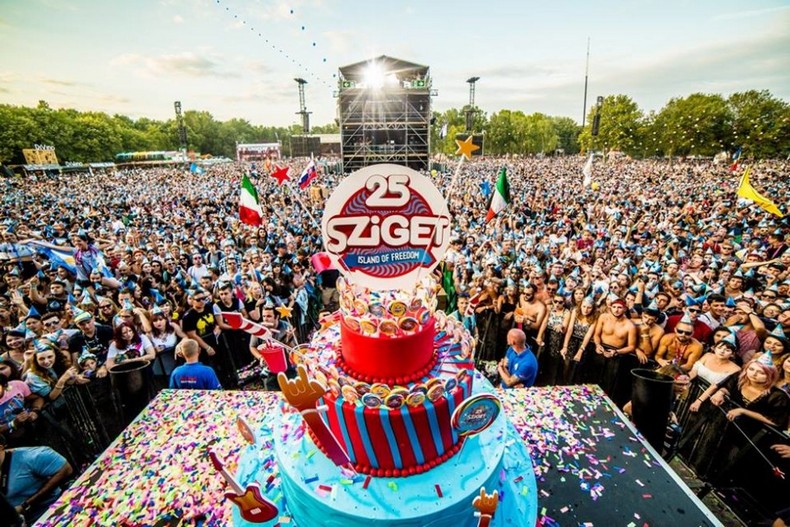
In the summer months guests of the Hungarian capital can enjoy another unusual cultural program - on weekends traffic on the Freedom Bridge is blocked. Therefore, right on it you can sit and watch the sunset, listen to street musicians or do yoga.
You can travel the city at any time of the year, because Budapest is famous for its many festivals, not only musical and cultural, but also many others: wine, brandy, cheese, paprika, Easter cake.
All these events can be a pleasant addition to your trip and will help to capture the spirit of the beautiful city more subtly. But the main thing is to be open to everything new. Just enjoy Budapest, it’s worth it.
Going on a trip, don't forget to buy something nice for you or your friends. Use Mydutyfree service to get a discount!